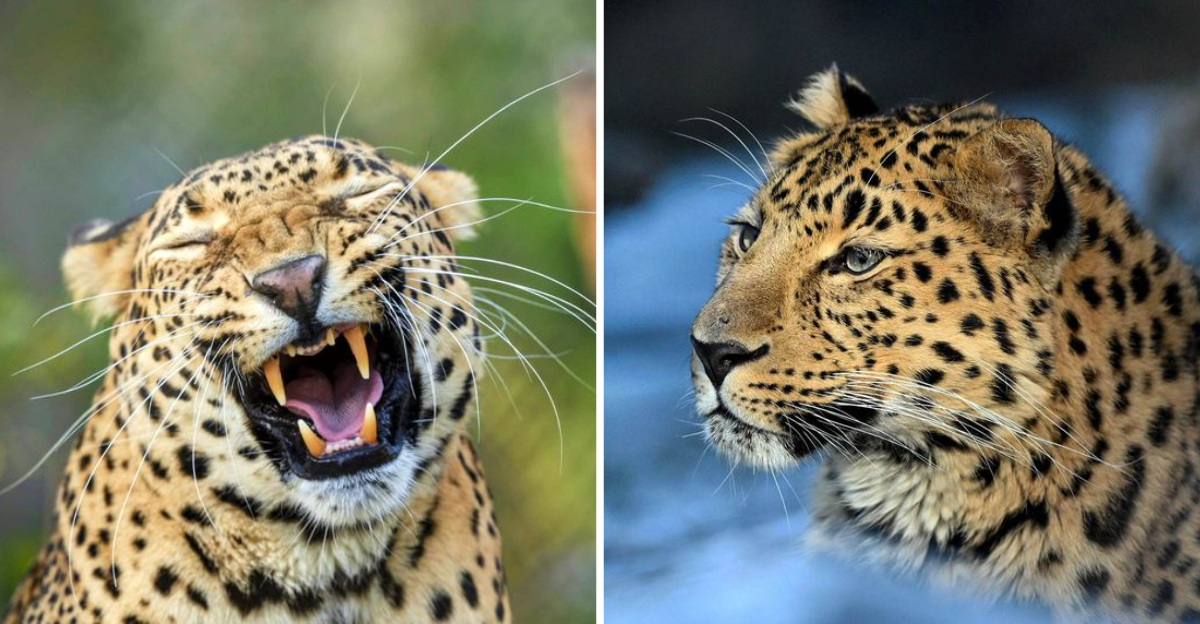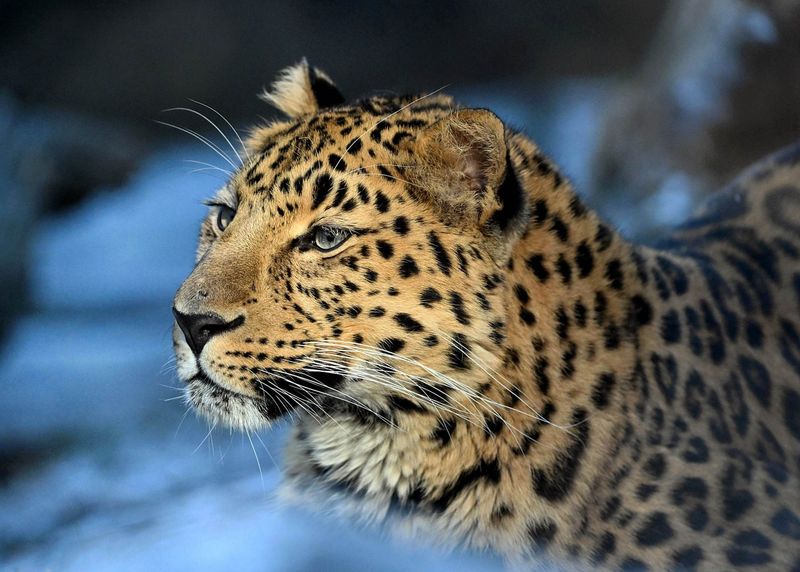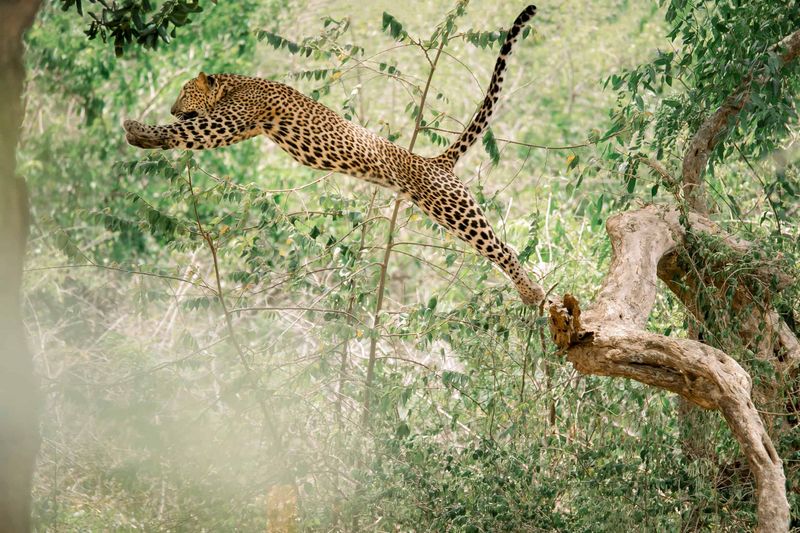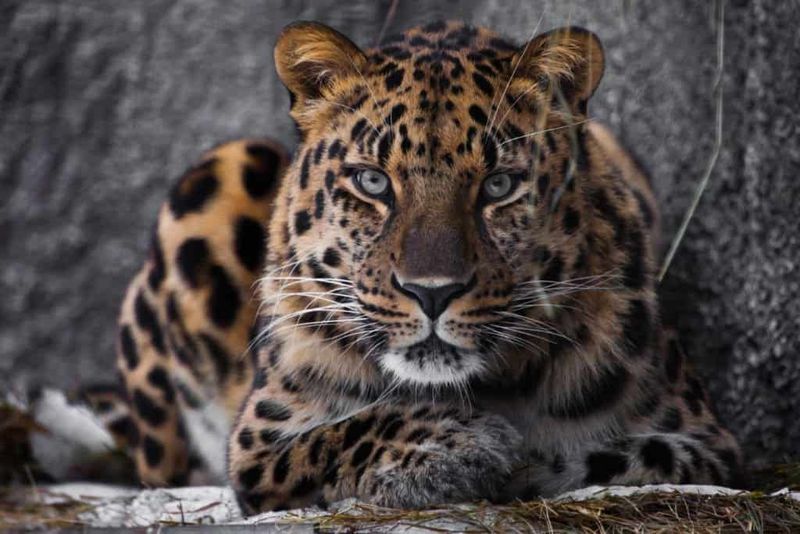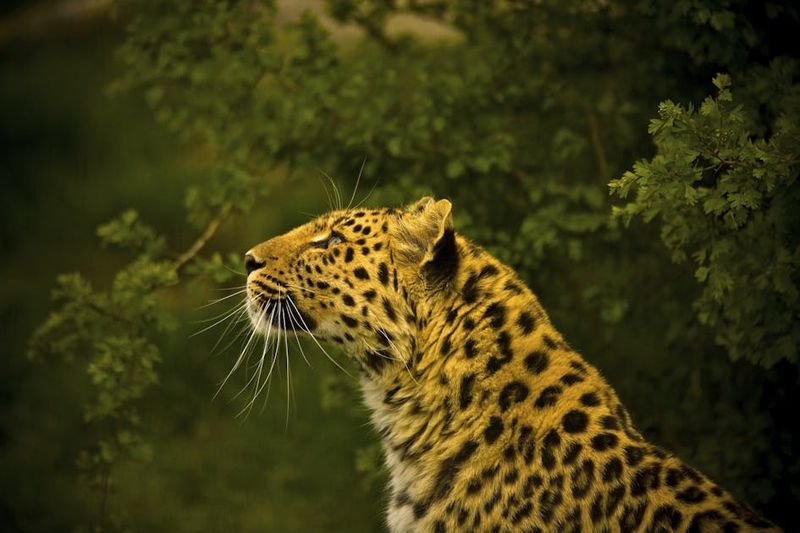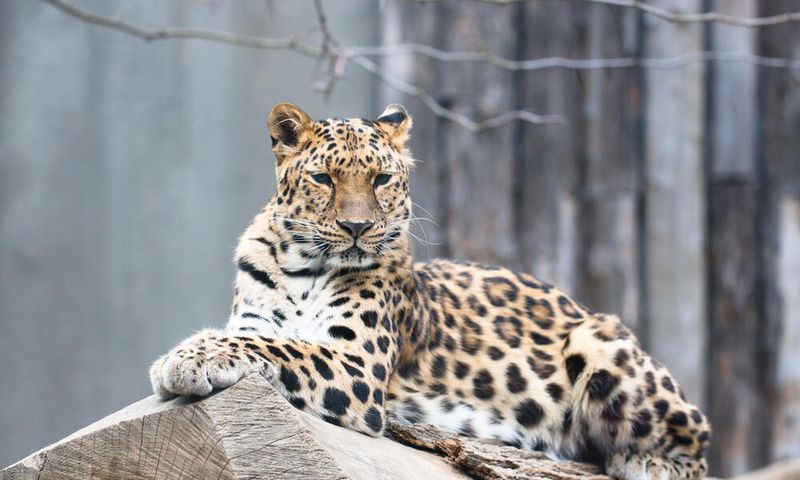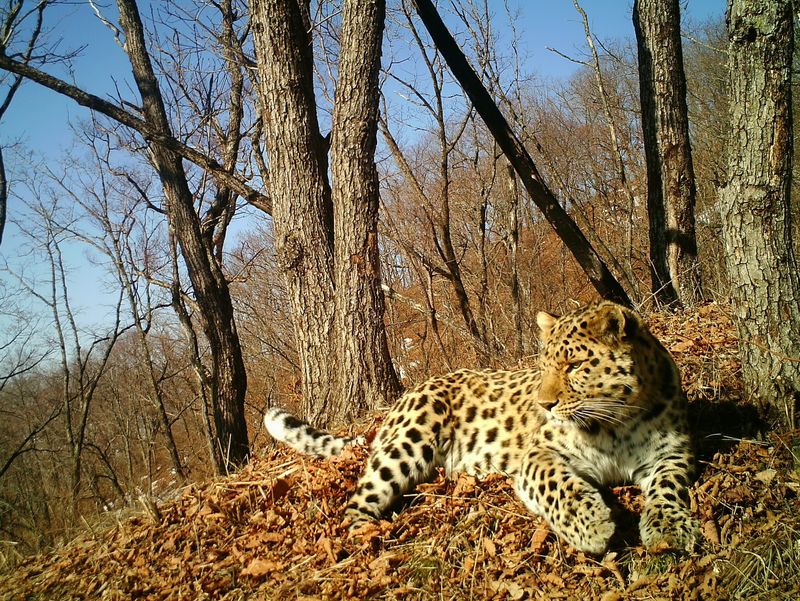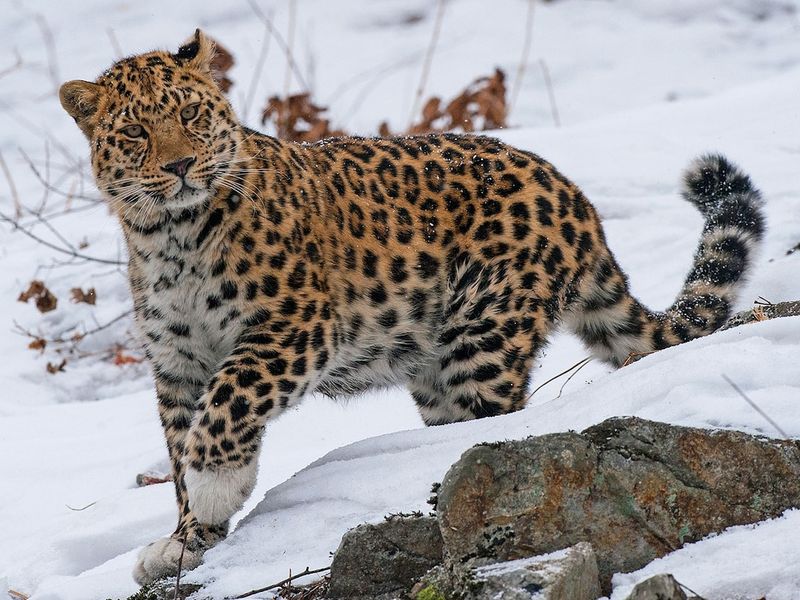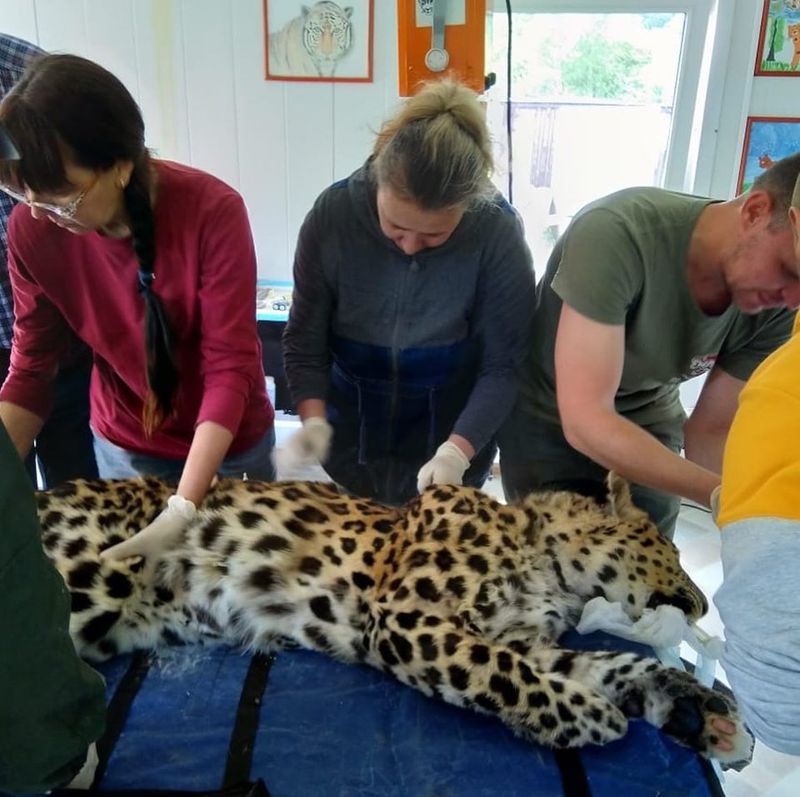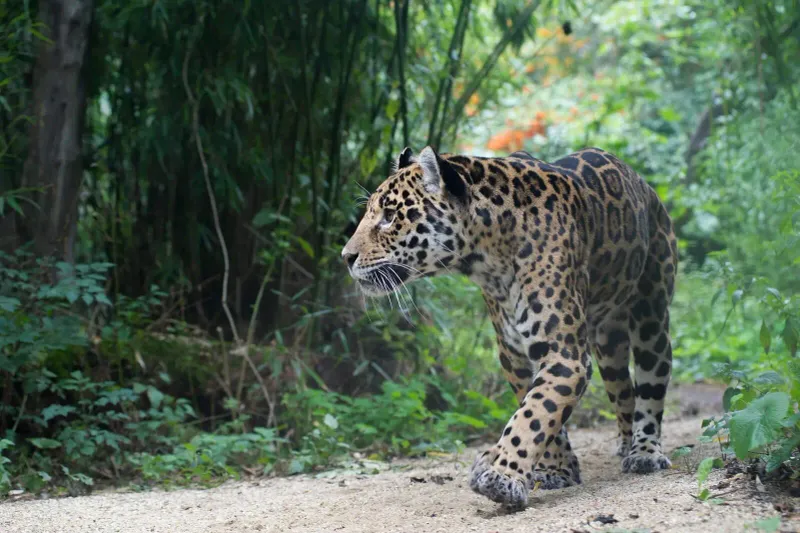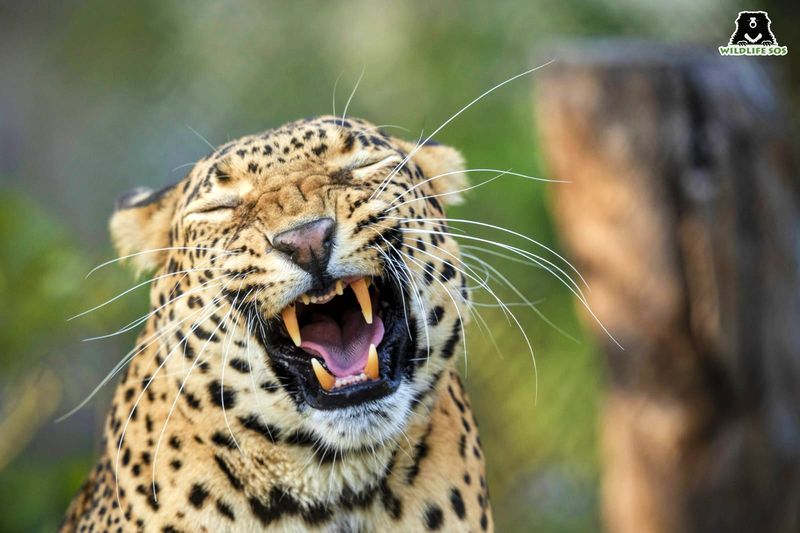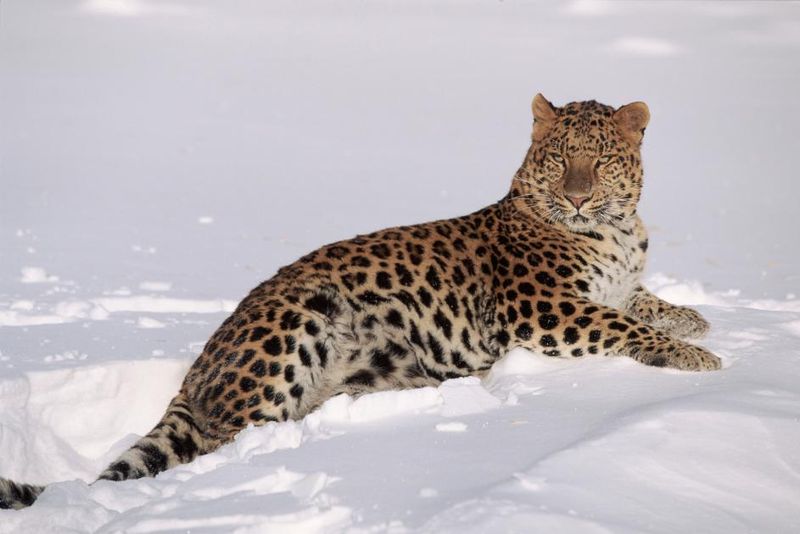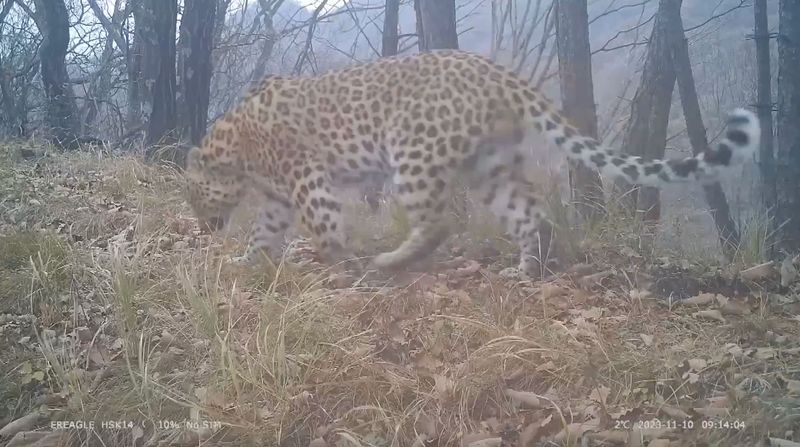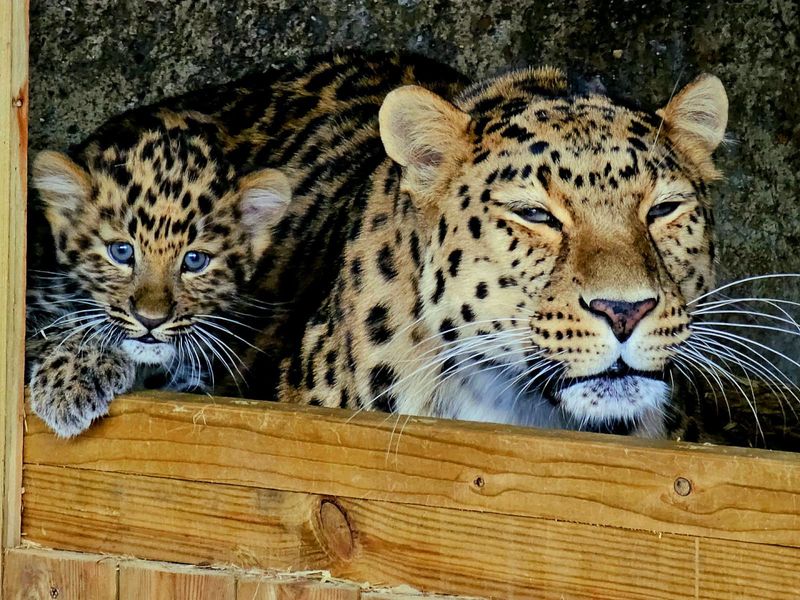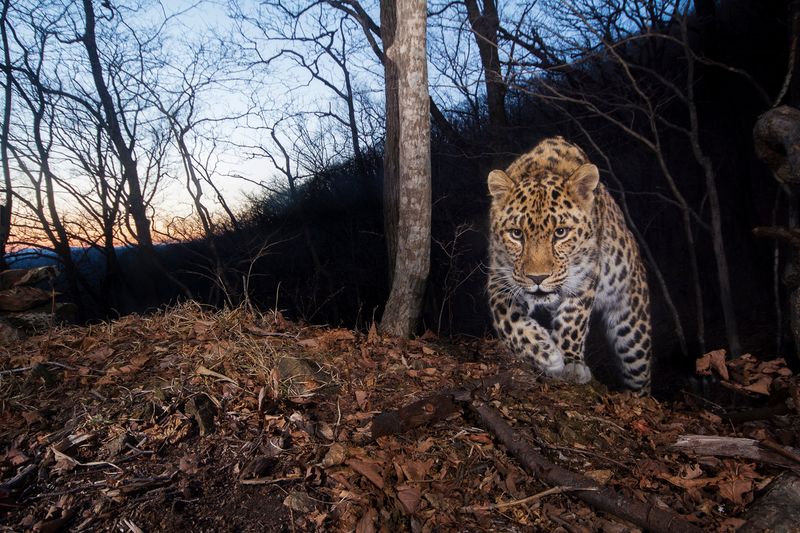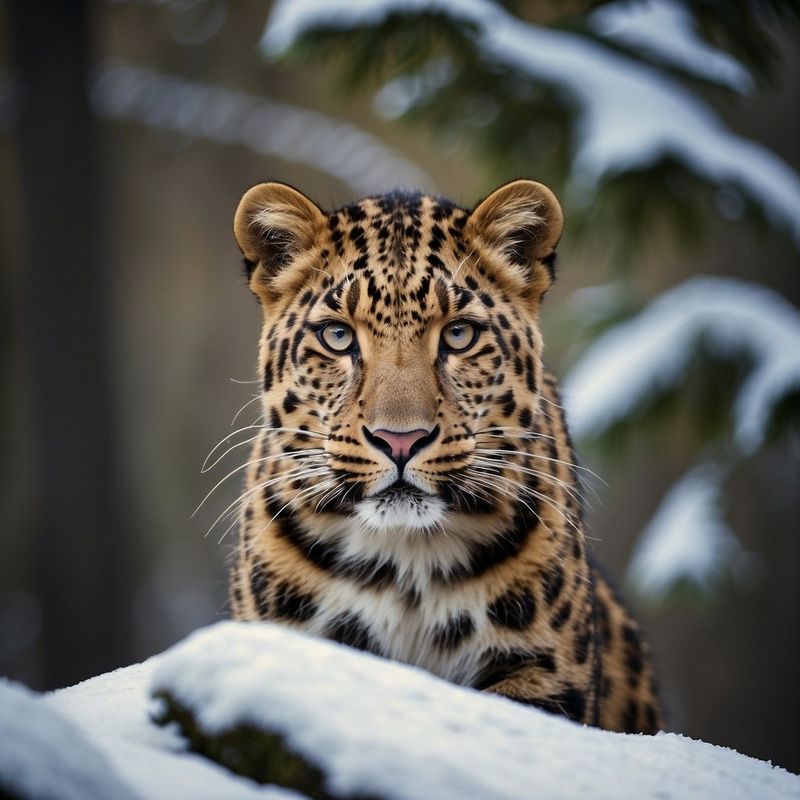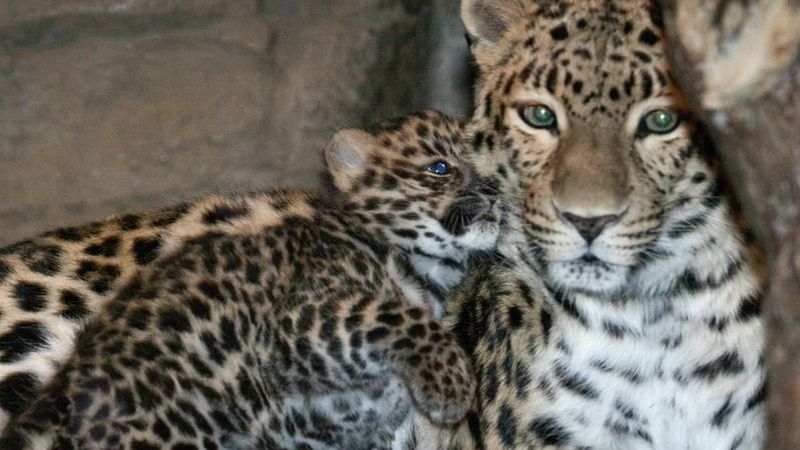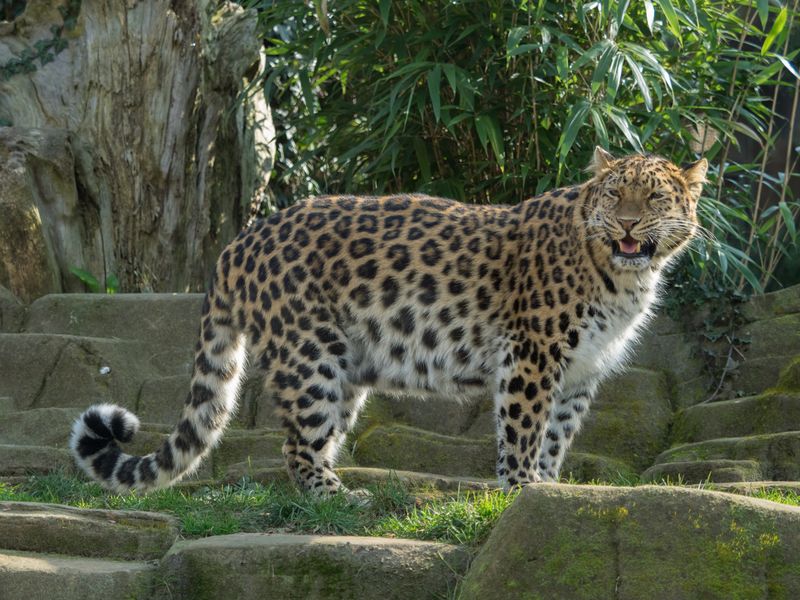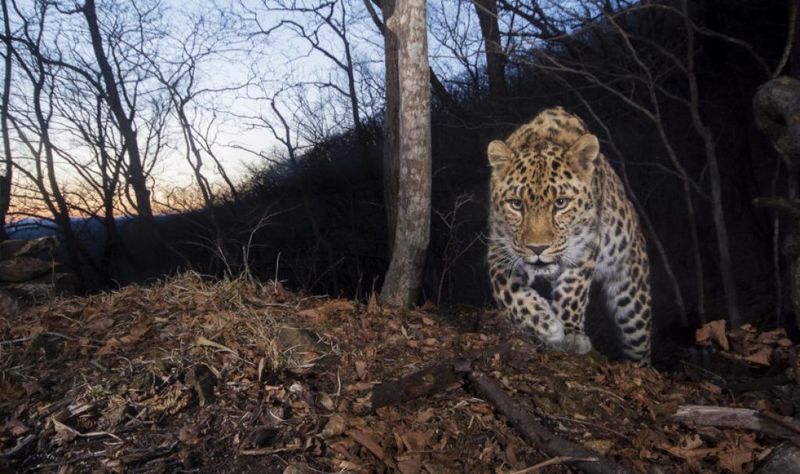📖 Table of Content:
- 1. Rarest Big Cat
- 2. Unique Coat
- 3. Elusive Nature
- 4. Incredible Jumping Skills
- 5. Solitary Lifestyle
- 6. Diet and Hunting Technique
- 7. Threats from Poaching
- 8. Habitat Destruction
- 9. Adaptations to Cold
- 10. Conservation Efforts
- 11. Role in Ecosystem
- 12. Unique Vocalizations
- 13. Coat Change with Seasons
- 14. Amur Leopard Cubs
- 15. Territory Marking
- 16. High Mortality Rate
- 17. Collaboration Across Borders
- 18. Symbol of Conservation
- 19. Genetic Diversity Concerns
- 20. Natural Lifespan
- 21. Endangered Status
The Amur Leopard, one of the most critically endangered big cats in the world, captivates with its stunning beauty and elusive nature. Native to the temperate forests of the Russian Far East and Northeast China, this majestic creature faces numerous challenges in the wild. With an estimated population of fewer than 100 individuals, these leopards are on the brink of extinction. Despite such grim numbers, conservation efforts are underway to preserve their habitat and ensure their survival. This article delves into 21 intriguing facts about the Amur Leopard, shedding light on its unique characteristics and the urgent need for its protection.
1. Rarest Big Cat
Arguably the world’s rarest big cat, the Amur Leopard numbers between just 70 to 100 in the wild. Found primarily in the Russian Far East, this elusive feline is known for its beautiful, thick fur and long legs, adapted for walking in deep snow. Conservationists are working tirelessly to increase their numbers through habitat preservation and anti-poaching measures. The Amur Leopard’s critically endangered status highlights the urgent need for global conservation efforts to protect these majestic creatures from extinction.
2. Unique Coat
The Amur Leopard boasts a coat that’s not only beautiful but perfectly suited for its environment. Its thick, luxurious fur changes with the seasons, becoming longer and paler in winter to blend in with the snowy landscape. Each leopard’s spots are unique, much like human fingerprints, which aids researchers in identifying and studying individual animals. This camouflage is essential for stealth hunting, allowing them to approach prey undetected. Such unique adaptations ensure their survival in the harsh climates they inhabit.
3. Elusive Nature
Known for its elusive nature, the Amur Leopard is rarely seen, even in its natural habitat. These solitary animals prefer dense forests, where they can silently stalk their prey. Their keen senses and cautious behavior make them expert hunters, adept at avoiding human contact. This secretive lifestyle has unfortunately contributed to their rarity, as they require large territories free from human interference to thrive. Protecting these areas is crucial for their continued survival in the wild.
4. Incredible Jumping Skills
With powerful legs and a flexible body, the Amur Leopard is capable of leaping distances of up to 19 feet horizontally and 10 feet vertically. This incredible agility aids them in hunting, as they can quickly spring upon unsuspecting prey from a distance. It also allows them to navigate their rugged, forested habitat with ease, crossing obstacles like streams and rocky terrain. Their jumping prowess is a testament to their adaptability and survival skills in the challenging environments they call home.
5. Solitary Lifestyle
The Amur Leopard leads a solitary lifestyle, only coming together for mating. This independence is crucial for maintaining their territories, which can span hundreds of square kilometers. Each leopard marks its territory using scent markings and vocalizations to ward off intruders. This solitary nature ensures that they have sufficient resources to survive in their environment. Their territories are vital for their survival, as they contain the necessary prey and shelter needed for their continued existence.
6. Diet and Hunting Technique
The diet of the Amur Leopard mainly consists of roe deer, sika deer, and hares. These expert hunters rely on stealth and strength, preferring to hunt at dawn or dusk when their prey is most active. They utilize the element of surprise, silently stalking and then pouncing on their prey with precision. After a successful hunt, they often drag their kill into trees to protect it from scavengers. This efficient hunting technique is crucial for their survival in a habitat where food can be scarce.
7. Threats from Poaching
Poaching poses one of the biggest threats to the Amur Leopard’s survival. Hunters seek their beautiful coats and bones, prized in illegal wildlife trade. Despite laws protecting these animals, poaching continues due to lack of enforcement and economic incentives for local communities. Conservationists are working to combat this through anti-poaching patrols and education campaigns, stressing the importance of preserving this species. By addressing poaching, we stand a better chance of ensuring the Amur Leopard’s survival for future generations.
8. Habitat Destruction
Habitat destruction is a significant threat to the Amur Leopard. Deforestation and development have reduced their natural habitats, forcing them into smaller, isolated areas. This fragmentation makes it difficult for them to find mates and reduces genetic diversity, critical for a healthy population. Conservation efforts are focused on protecting and restoring these habitats, ensuring they remain suitable for the leopards to thrive. The preservation of their natural environment is vital for the long-term survival of this endangered species.
9. Adaptations to Cold
Native to the cold forests of the Russian Far East, the Amur Leopard is well-adapted to harsh winters. Their thick fur not only insulates against the cold but also provides camouflage against the snow. Their long legs aid in walking through deep snow, while their large paws act like snowshoes. These adaptations are essential for survival in one of the coldest regions on earth, allowing them to hunt and thrive despite the challenging climate. Such resilience underscores their importance in the ecosystem.
10. Conservation Efforts
Conservation efforts for the Amur Leopard involve habitat preservation, anti-poaching measures, and scientific research. Organizations are working with local communities to promote sustainable practices that benefit both people and wildlife. Breeding programs are also in place to increase genetic diversity and population numbers. Awareness campaigns aim to educate the public about the leopard’s plight, fostering support for conservation initiatives. These combined efforts offer hope for the Amur Leopard’s future, but continued action is necessary to ensure their survival.
11. Role in Ecosystem
As apex predators, Amur Leopards play a crucial role in their ecosystem. By controlling prey populations, they help maintain a balanced food web. Their presence indicates a healthy environment, as they require large territories with abundant prey to thrive. Conservation of these leopards indirectly supports the preservation of entire ecosystems, benefiting numerous other species. Understanding their ecological importance underscores the need for urgent conservation actions to protect their habitat and ensure the survival of this iconic big cat.
12. Unique Vocalizations
Amur Leopards communicate using a range of vocalizations, each with specific meanings. From growls and roars to purrs and meows, these sounds play vital roles in territory defense and mating rituals. Their calls can carry long distances, helping them connect with potential mates or warn off rivals. Understanding these vocalizations provides insight into their behavior and social interactions, aiding researchers in conservation efforts. This unique aspect of their biology highlights the complexity and depth of these magnificent creatures.
13. Coat Change with Seasons
The Amur Leopard’s coat changes with the seasons, becoming longer and paler in winter to provide camouflage in snowy landscapes. In summer, the fur becomes shorter and more vibrant, blending with the forest. This adaptability is crucial for survival, ensuring they remain undetected by prey and predators alike. Each individual’s coat pattern is unique, aiding scientists in tracking and studying these elusive creatures. Such seasonal changes highlight the leopard’s remarkable ability to thrive in varying environments.
14. Amur Leopard Cubs
Born blind and helpless, Amur Leopard cubs rely heavily on their mothers for survival. They stay with her for up to two years, learning essential skills like hunting and territory marking. The mortality rate for cubs is high, with various threats in their environment. However, those that survive grow into skilled predators, contributing to the population’s genetic diversity. Protecting these young leopards is critical for the species’ future, as each new generation holds the potential for increased population stability.
15. Territory Marking
Territorial by nature, Amur Leopards use scent markings and vocalizations to establish and defend their areas. These territories can be vast, sometimes overlapping with others, allowing for potential mating opportunities. Scent marking involves urine spray and scratching, signaling presence to other leopards. Understanding these territorial behaviors is crucial for conservationists, as it helps in planning protected areas and reducing human-wildlife conflict. Maintaining large, contiguous habitats ensures these majestic cats have the space they need to thrive.
16. High Mortality Rate
The Amur Leopard faces a high mortality rate due to human activities, disease, and environmental challenges. Poaching, habitat loss, and conflicts with humans have severely impacted their population. Young cubs are particularly vulnerable, with many not reaching adulthood. Conservationists focus on reducing these threats through targeted actions such as creating protected areas and implementing anti-poaching laws. Addressing these issues is vital for improving survival rates and ensuring the long-term preservation of this critically endangered species.
17. Collaboration Across Borders
Conserving the Amur Leopard requires international cooperation, as their habitat spans across Russia and China. Collaborations between governments, NGOs, and local communities are essential for addressing threats like poaching and habitat destruction. Joint efforts have led to the establishment of protected areas and cross-border wildlife corridors, facilitating safer migrations and genetic exchange. This cooperation is vital for the species’ recovery, ensuring that conservation measures are comprehensive and effective across their entire range.
18. Symbol of Conservation
The Amur Leopard has become a powerful symbol of conservation efforts worldwide. Its plight emphasizes the urgent need for protecting endangered species and their habitats. Conservation organizations use the leopard’s story to raise awareness and garner support for broader environmental initiatives. By focusing on this iconic species, they aim to inspire action and commitment from individuals, governments, and businesses alike. The Amur Leopard’s survival hinges on continued global efforts to preserve biodiversity and protect the planet’s fragile ecosystems.
19. Genetic Diversity Concerns
Due to their small population, Amur Leopards face significant genetic diversity challenges. Inbreeding can lead to health problems and reduced resilience against diseases, threatening their survival. Conservationists are addressing this by increasing population numbers and establishing breeding programs to ensure genetic variability. Maintaining diverse genetics is crucial for the species’ adaptability and long-term survival. This issue highlights the importance of expanding conservation efforts to include genetic studies and carefully managed breeding strategies.
20. Natural Lifespan
In the wild, Amur Leopards can live up to 10 to 15 years, while in captivity, they may reach up to 20 years. Their lifespan is influenced by factors such as availability of prey, habitat conditions, and threats from human activities. Understanding their natural lifespan is critical for conservation planning, as it aids in predicting population trends and assessing the impact of conservation efforts. Efforts to improve their living conditions in the wild can contribute to increased longevity and population stability.
21. Endangered Status
The Amur Leopard is classified as critically endangered, with fewer than 100 individuals remaining in the wild. This status underscores the urgent need for conservation actions to prevent extinction. Factors such as habitat loss, poaching, and climate change contribute to their decline. International organizations are prioritizing the leopard’s conservation, implementing measures like protected areas and anti-poaching initiatives. The endangered status of the Amur Leopard serves as a stark reminder of the fragility of earth’s biodiversity.
